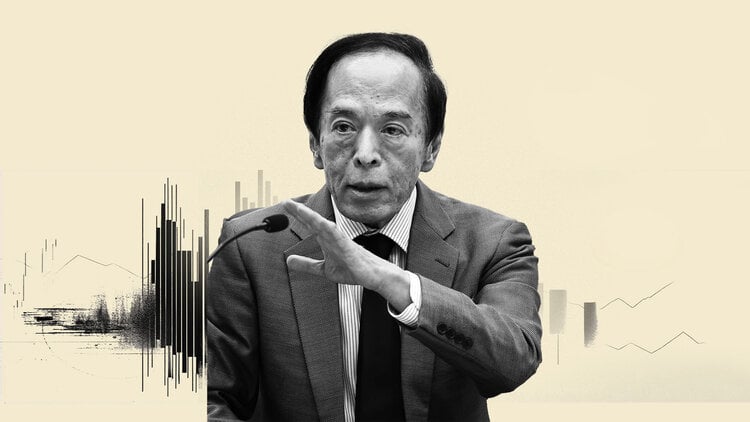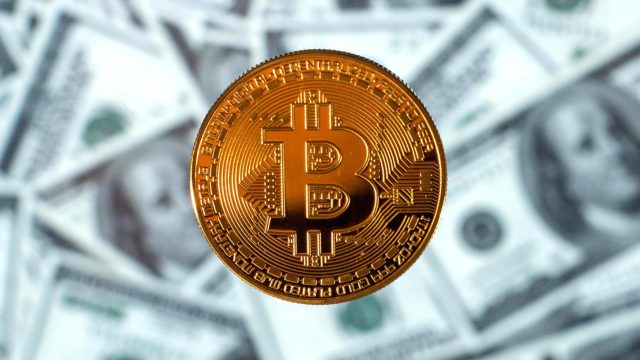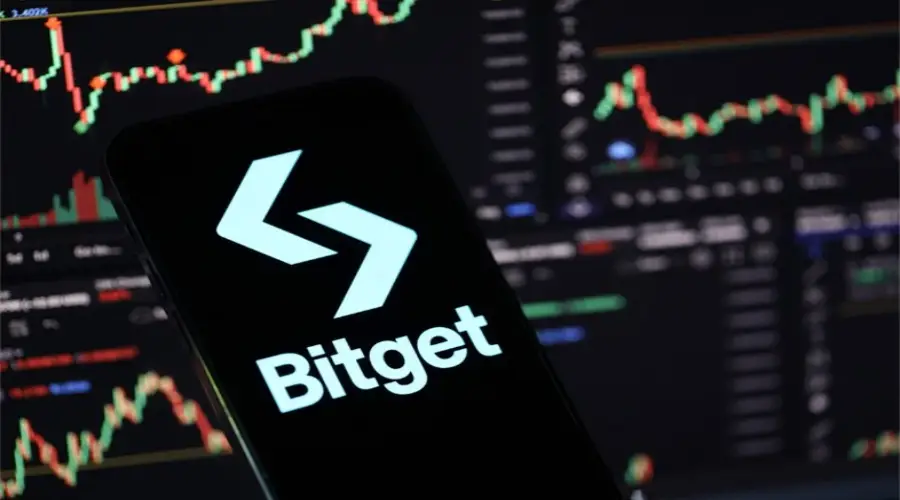The 0.36% deflation of the Broad Consumer Price Index (IPCA ) of August should not influence the next interest rate decision of the Monetary Policy Committee (Copom ) of the Central Bank, according to analysts.
The value came close to what was expected by the market, and now the inflation accumulates high of 8.73% in the last 12 months, compared to 10.07% in July.
leaders of central bank gave signals in September that they can still make a final rise in Selic rate with the most likely value being 0.25 percentage point, depending on the inflationary scenario.
Even so, most of the market still expects the cycle of high interest rates to have ended in August, when the rate rose to 13.75%, considering the improvement in the economic scenario.
The market view
For Victor Costa, chief economist at RPS Capital, the interest rate scenario should remain with the IPCA data for August, after the Central Bank “spoke thicker” this week.
“I don’t think that today’s number is crucial for the next Copom meeting, and I believe that interest rates may have stability. The Copom may have ended the cycle, it has already made a very high adjustment”, he evaluates.
Costa notes that, in terms of investments, the rate scenario already appears to have peaked, and the focus should now be on how long rates will remain at a high magnitude, and when the cuts will begin.
“I think we will still need more data from a few more months to understand this. [quando os juros cairão] better,” says Costa.
Raone Costa, chief economist at Alphatree, considers that the elements of the August IPCA “were all known factors, the number did not come any different from what we had imagined for some time”.
“And as such, he doesn’t change the scenarios much. I don’t think it changes the interest result. I think the BC can give another 25-point increase at this last meeting or stay put, but I don’t think this IPCA number will determine either of those things”, says Costa.
Even so, the data should not “leave the Central Bank at ease”, according to Luciano Sobral, chief economist at Neo Investimentos.
He points out that the IPCA came with a more unfavorable opening, with a core inflation, which excludes volatile items such as food and energy, still “very high”. For Sobral, there was a marginal increase in the probability of an increase of 0.25 pp
For Alexandre Espírito Santo, chief economist at Órama, the August deflation was generated mainly by the new decline in fuel prices, reflecting the cuts by Petrobras accompanying the decline in oil.
“But there was a point that I think is important, which is that food, which was always bothering me, came stable, and that’s good”, he highlights.
Espírito Santo evaluates that the number “brings confidence that inflation is more or less, once again, with the reins of the Central Bank. Even with the drop in gasoline, influenced by the drop in oil, the rest is a little more at hand, and that’s good”.
In his view, recent signals from the Central Bank indicate more the prospect of keeping interest rates high for longer than a last hike in September. In this sense, the economist does not see an association between the IPCA for August and the next Copom decision.
Rafaela Vitória, chief economist at Inter, considers that the disinflation process “should be slow and it is still early for the monetary authority to discuss interest rate cuts, but we maintain our expectation of the end of the cycle with the terminal rate at 13.75%” .
For her, the rise of 0.66% in the cores should be the point of attention at the next Copom meeting. In September, she projects an “inflation close to 0%, with the drop in food and fuel prices, with the scenario of commodity prices in the international market and recent IPA data that do not indicate additional inflationary pressure”.
August IPCA
Marilia Fontes, founding partner of Nord Research, also does not expect an influence from the August data in the Copom, and highlights that the IPCA brought a slight improvement in the cores in relation to July.
For her, the positive point is the inflation of services , “an index that worried us a lot due to annualized inflation of 11%, showed a good drop. It’s a positive point, a light at the end of the tunnel, and you can start to think that the worst is over and we’re in a downtrend.”
“If this trend is going to mean inflation close to the target, it’s another five hundred. We still haven’t been able to measure this, even for the Auxílio Brasil of R$ 600, which makes analysis difficult. But what we can see is that it has stopped getting worse, and that is always positive news,” he says.
Costa, from Alphatree, says that a second consecutive deflation “is not very usual, but not surprising. It is a very expected number, deflation was concentrated in the part of managed goods, especially gasoline and electricity”.
For him, there is still nothing new in the picture, with food prices at a standstill, drop in monitored prices, especially Gasoline and communication due to the roof of the ICMS and still strong service inflation.
“I think that, in general, what we are seeing is inflation that is still very complicated from the point of view of services, still putting a lot of pressure. I think the most worrying data that we have now, in terms of inflation, is the inflation of services”, evaluates the RPS economist.
Stephan Kautz, chief economist at EQI Investimentos, also agrees that the month was marked by the effects of tax cuts on electricity and lower fuel prices. The specialist also highlighted the inflation of durable goods, which continued to decelerate.
On the negative side, Kautz cites the inflation of semi-durable industrial goods, which has accelerated again, with emphasis on the rise in prices in the clothing sector.
Source: CNN Brasil
Joe Jameson, a technology journalist with over 2 years of experience, writes for top online news websites. Specializing in the field of technology, Joe provides insights into the latest advancements in the industry. Currently, he contributes to covering the world stock market.







